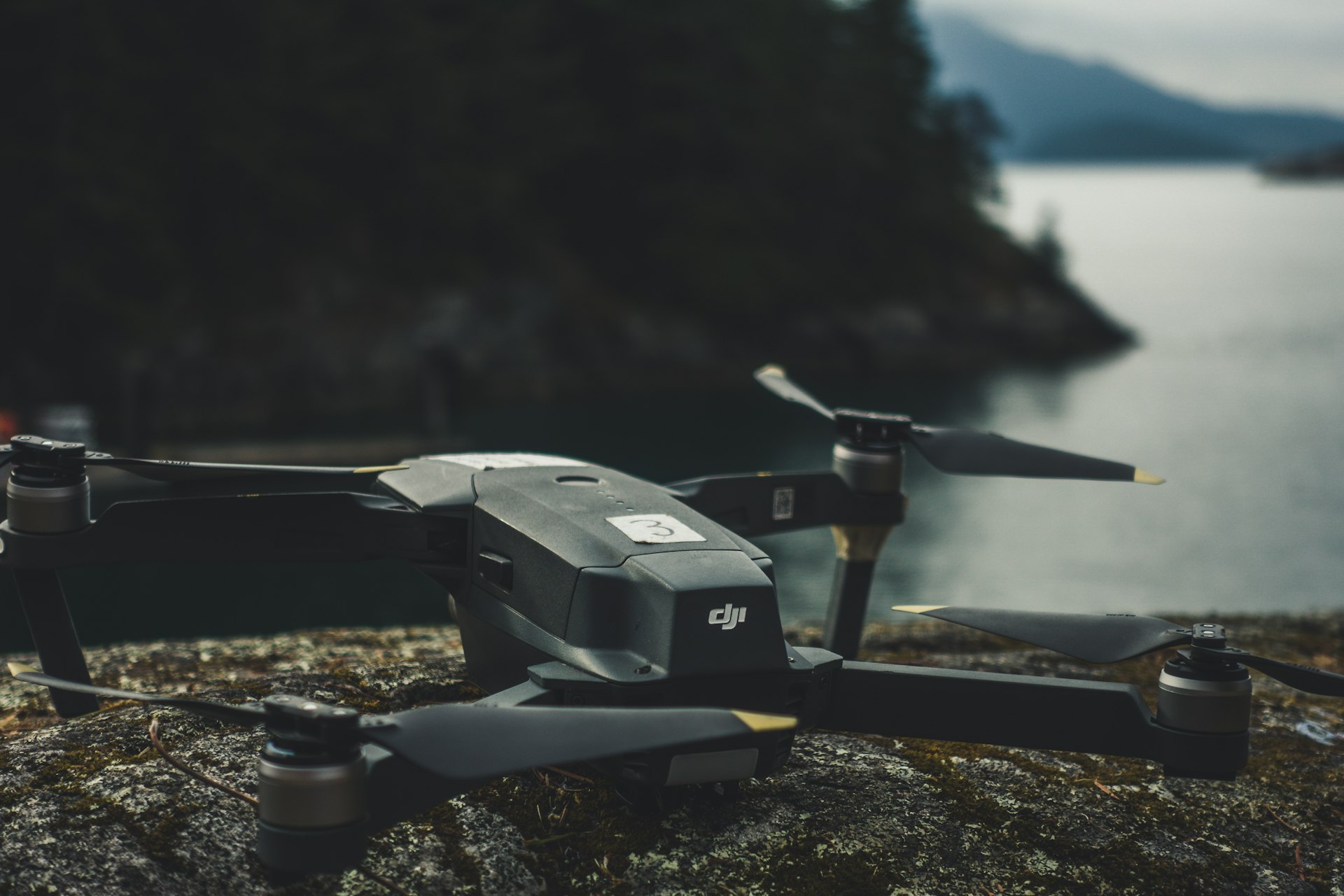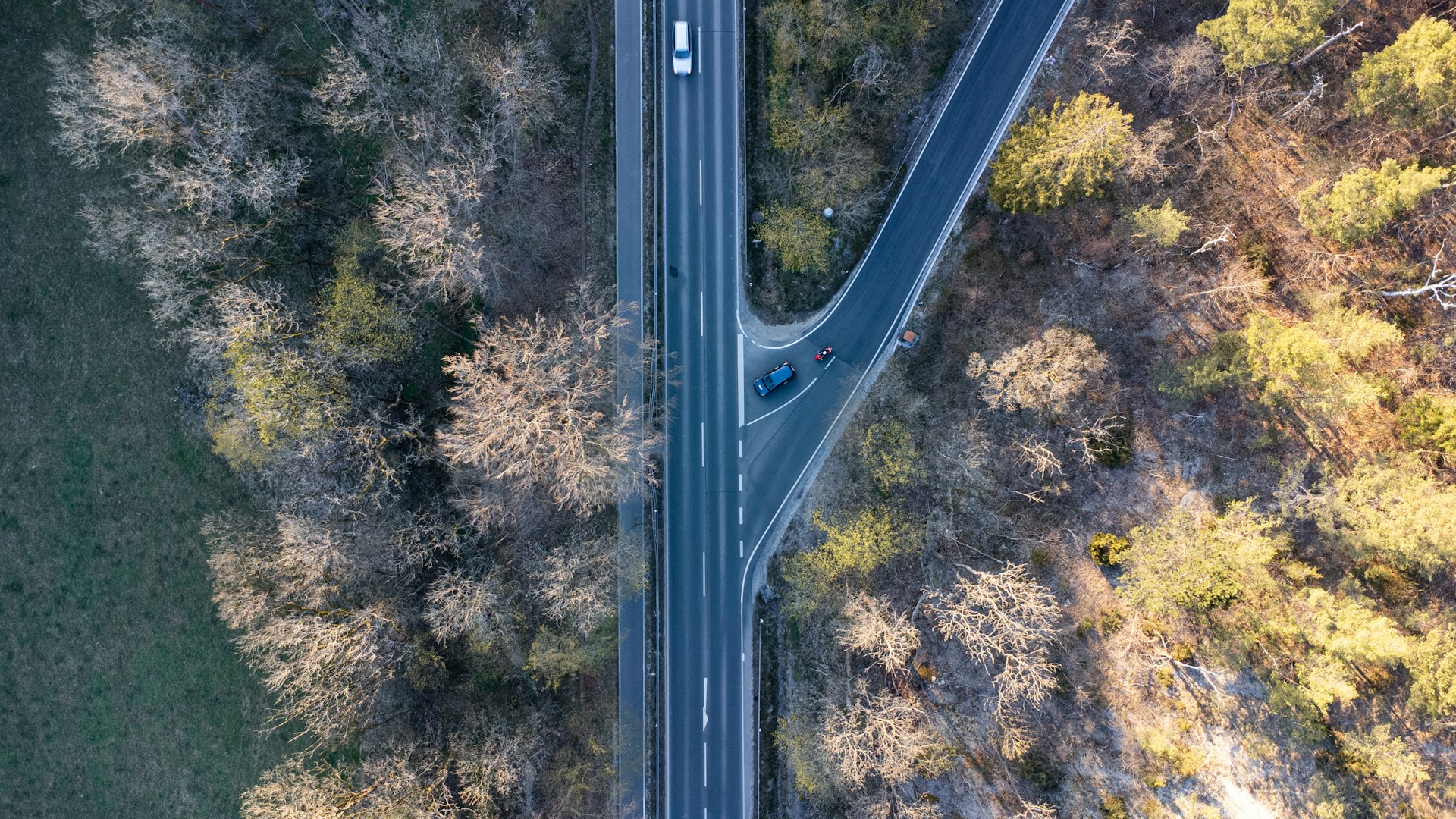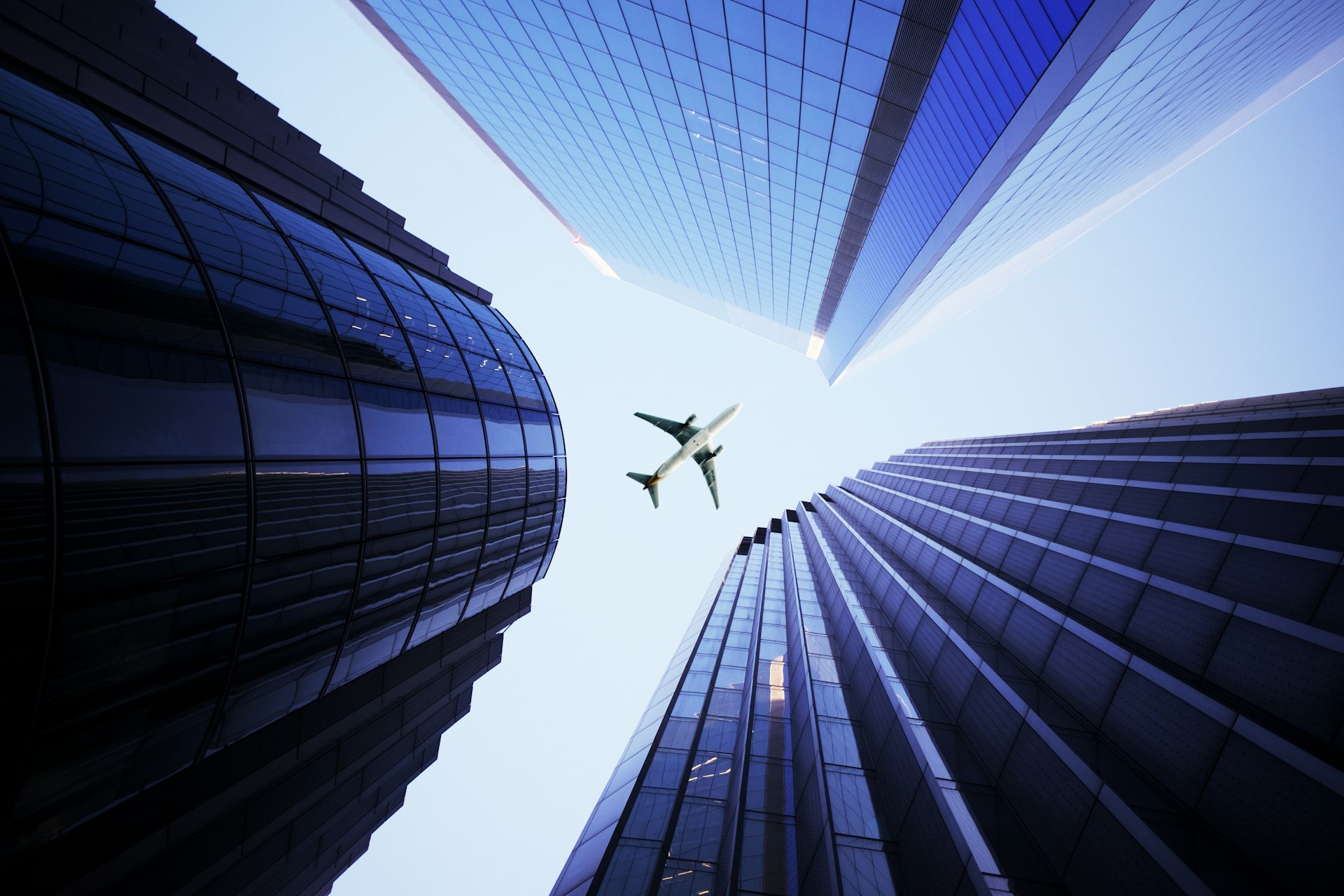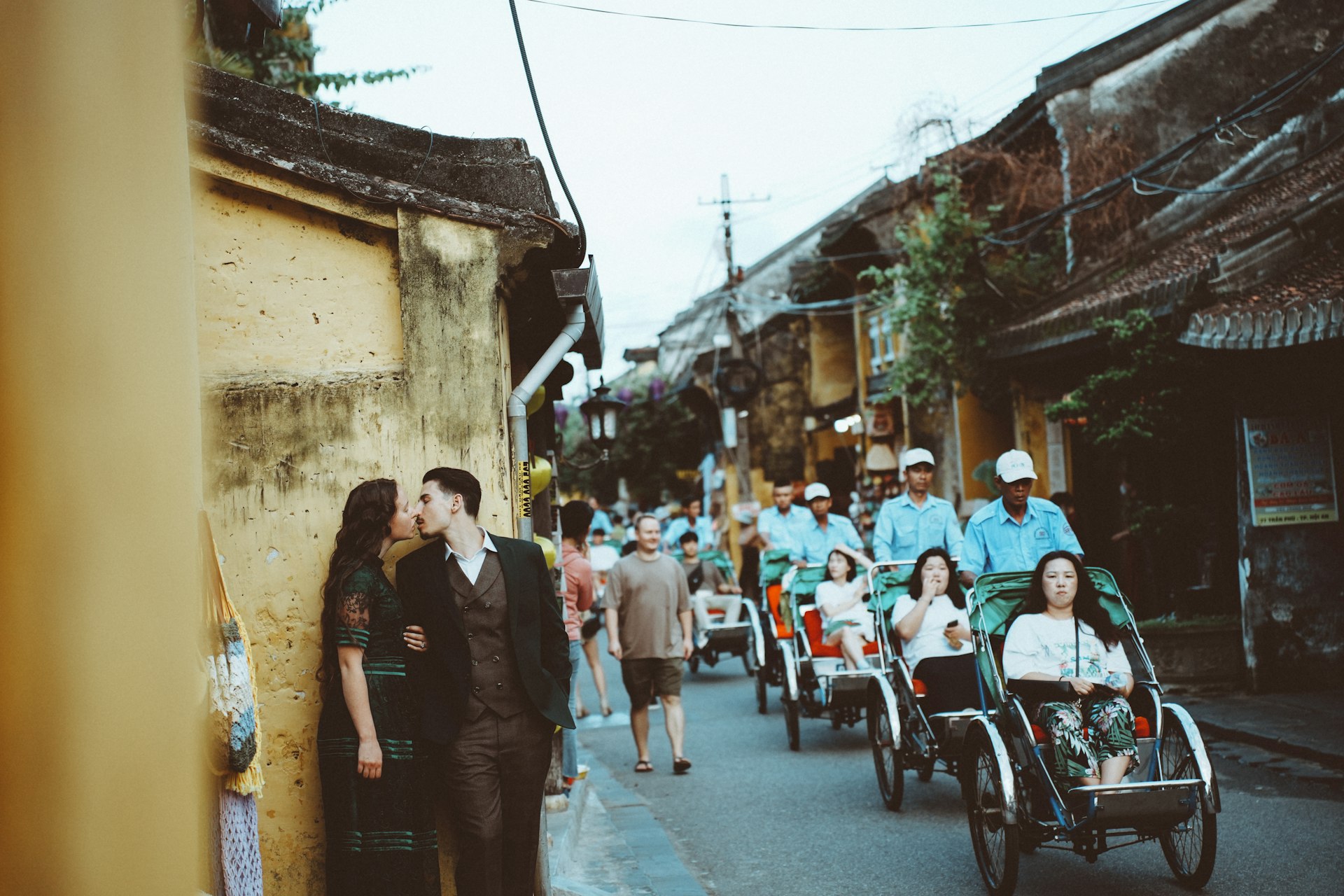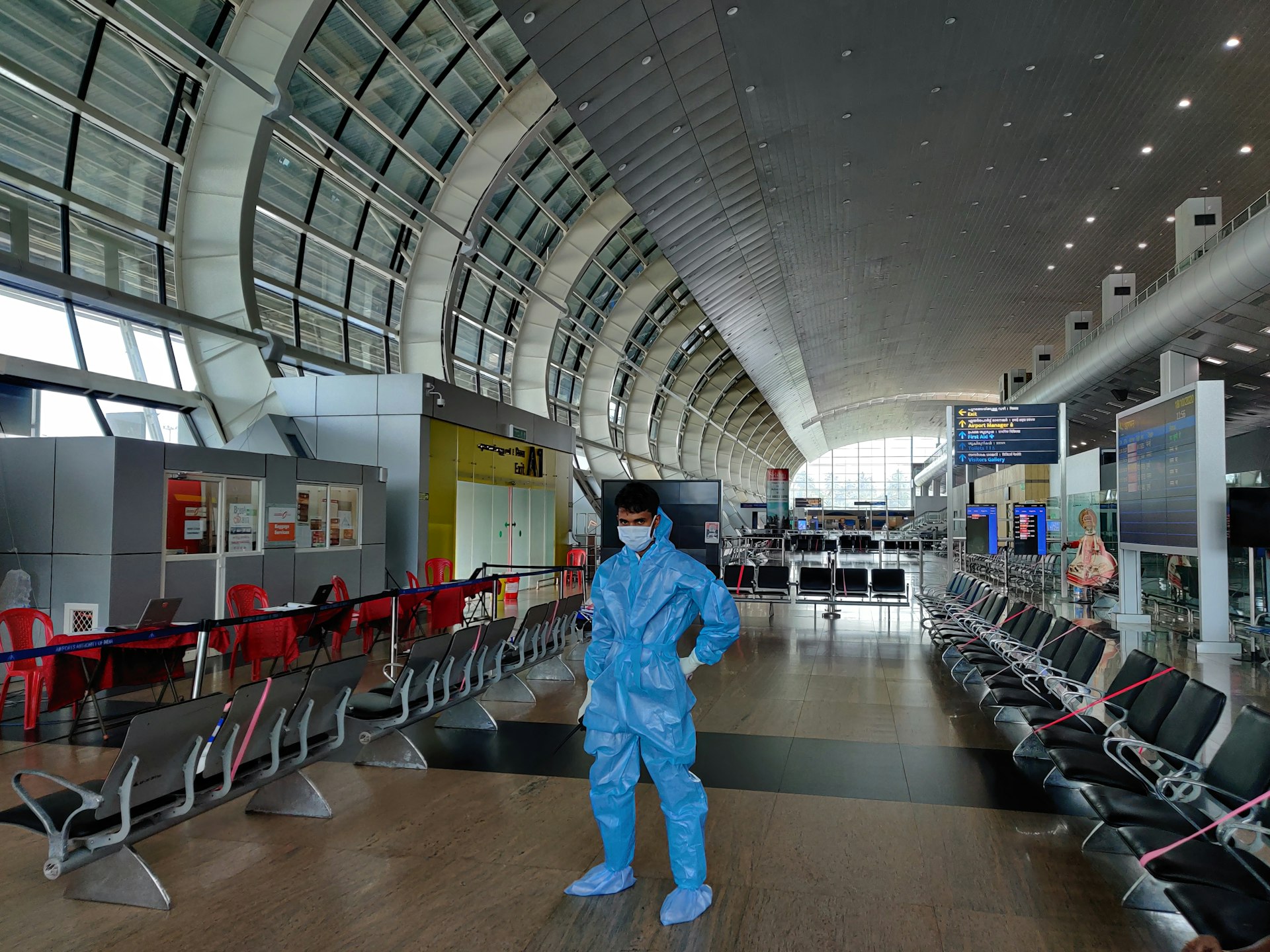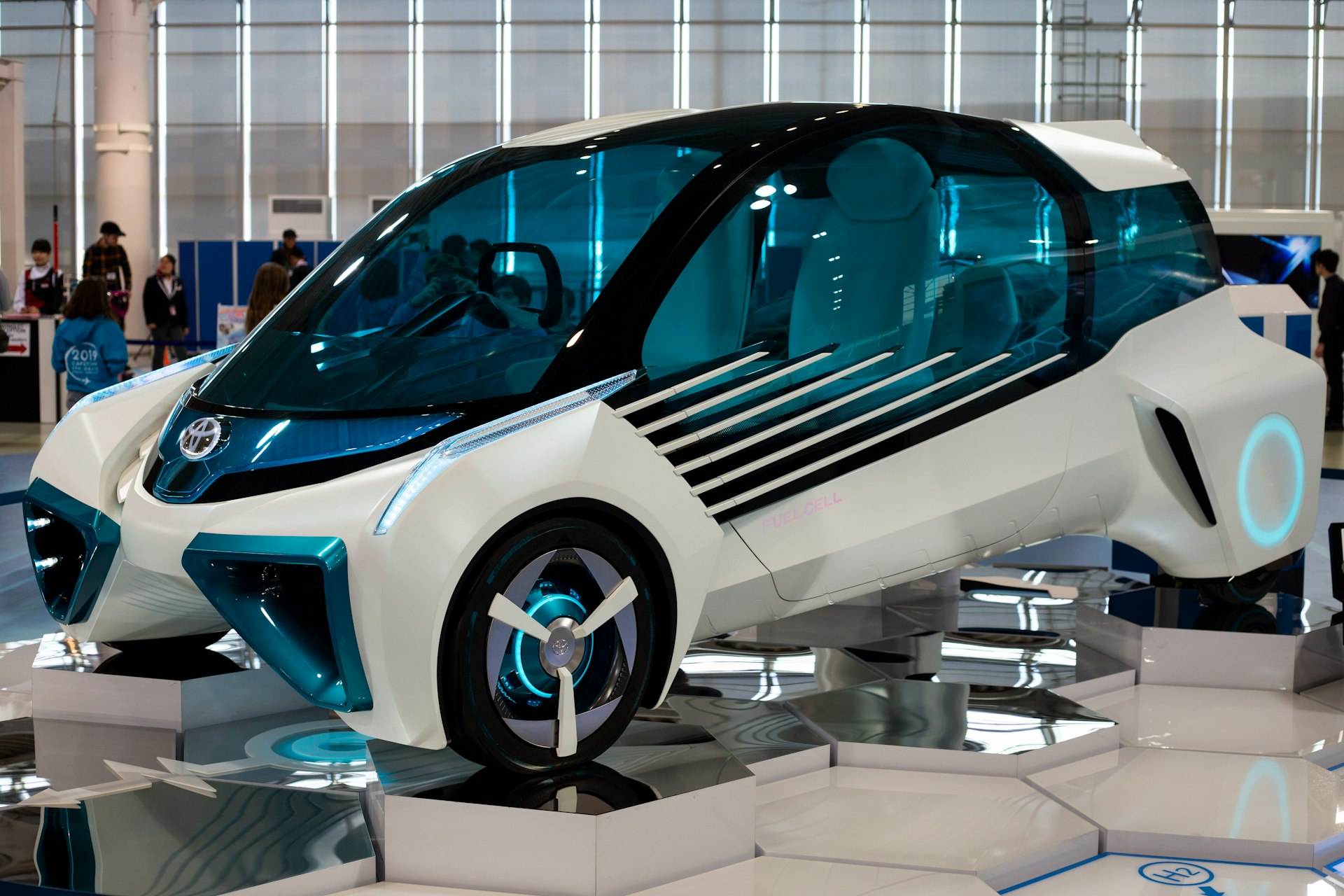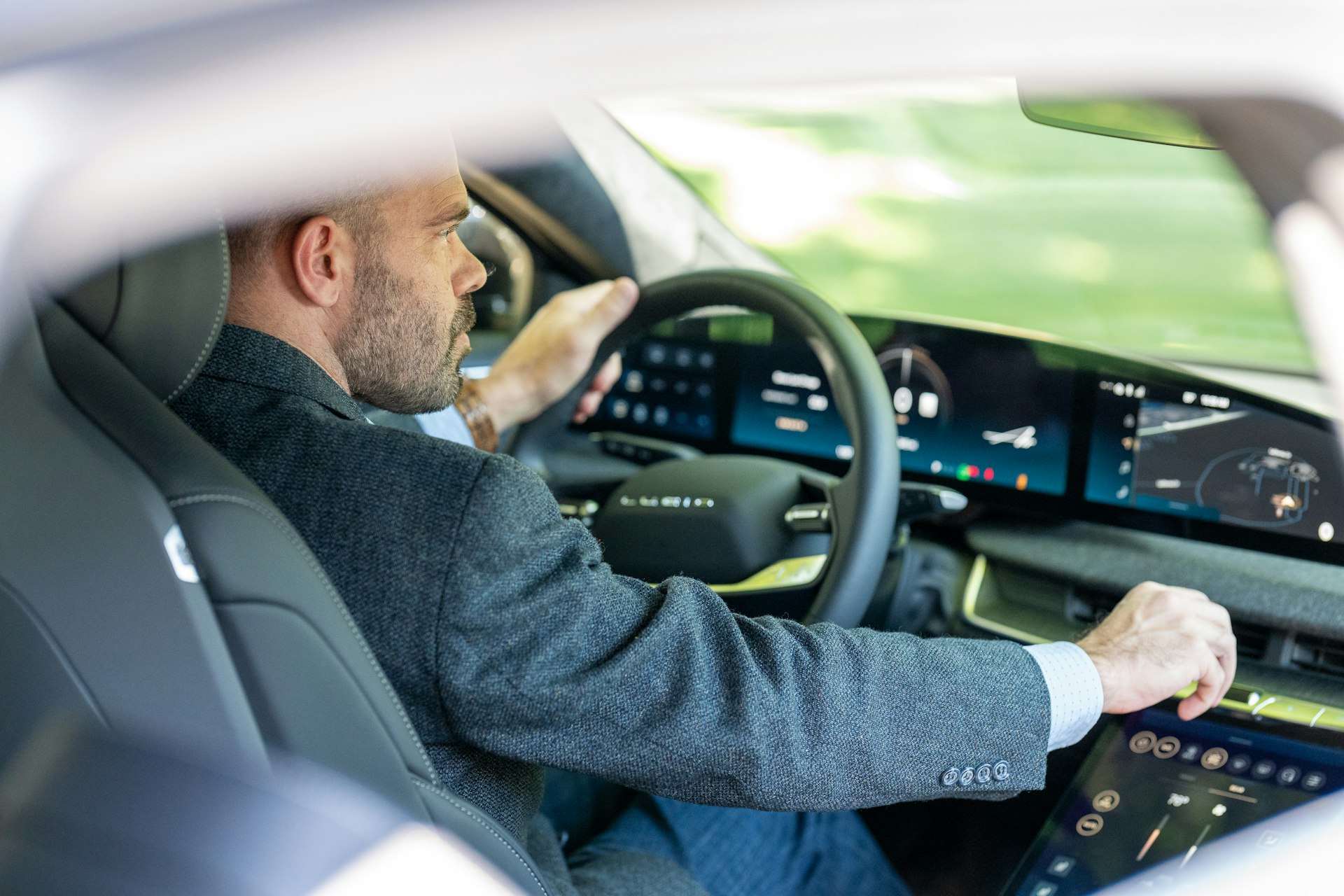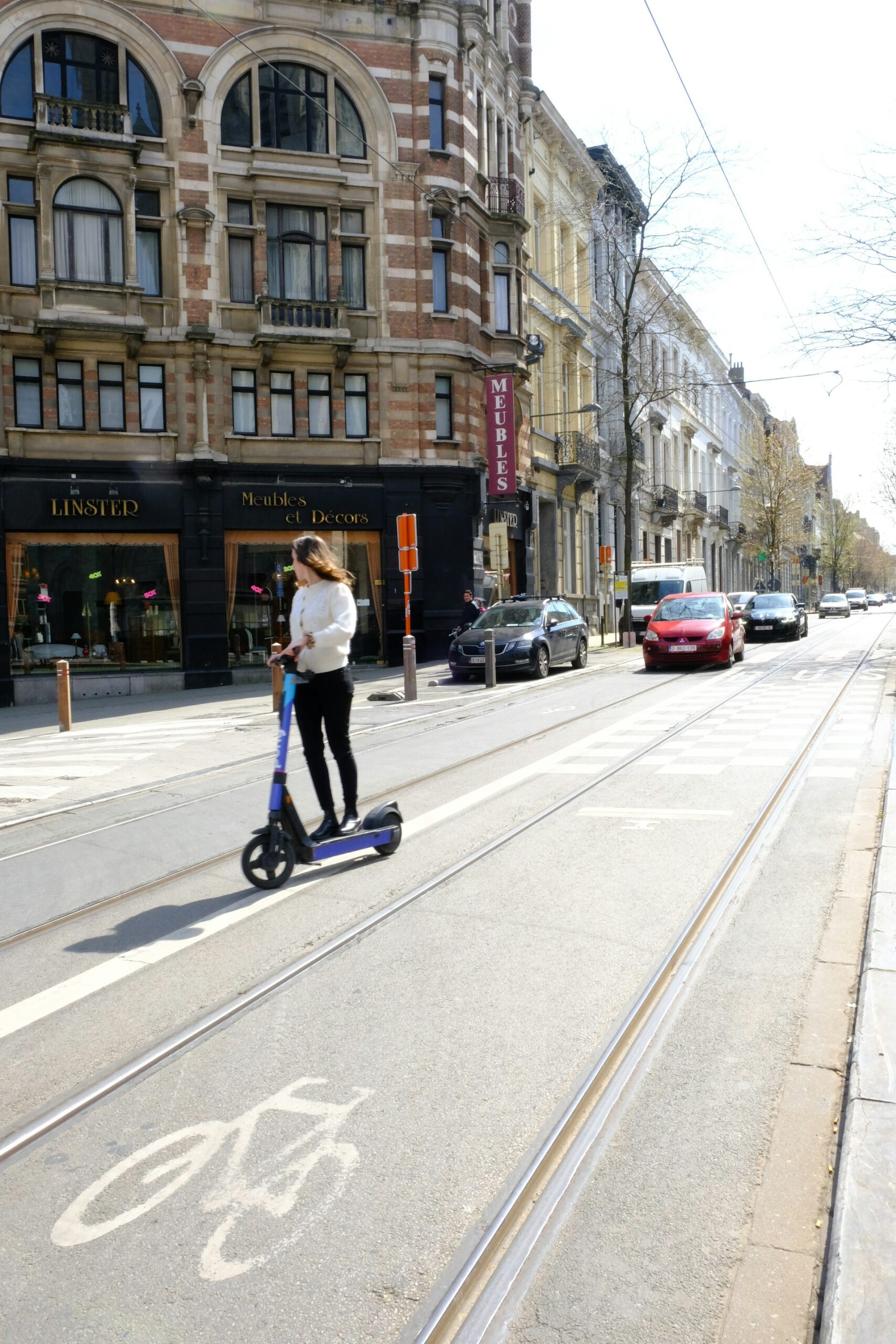How Drone Delivery Is Reshaping the Future of Travel Services

Photo by Sylas Boesten on Unsplash
The Dawn of Drone Delivery: Transforming Travel Services
In the coming decade, the travel industry is poised for a technological revolution as drone delivery systems become increasingly integrated into travel services. Driven by rapid advancements in autonomous flight, AI-powered navigation, and evolving regulatory frameworks, drones offer solutions for longstanding challenges in logistics and customer service. This shift is expected to affect every aspect of travel, from hotel supply chains to last-mile luggage delivery, ultimately leading to faster, more convenient, and sustainable experiences for travelers and providers alike [1] .
Technological Drivers and Industry Growth
The global drone delivery market is projected to surge from $743.5 million in 2025 to approximately $16.07 billion by 2035, reflecting a compound annual growth rate (CAGR) of around 32.7% [1] . This meteoric rise is powered by several factors:
- Advanced drone designs: Hybrid drones, improved battery technologies (such as solid-state batteries and hydrogen fuel cells), and AI-driven navigation systems are making longer flights and heavier payloads possible [2] .
- Operational scaling: Integration of beyond-visual-line-of-sight (BVLOS) operations and autonomous fleet networks allow drones to deliver to both urban and remote travel destinations efficiently [1] .
- Regulatory progress: Governments and aviation authorities are creating frameworks for safe airspace management, including AI-powered air traffic control and geofenced drone highways, making mass-scale drone delivery feasible [1] .
Key Benefits for the Travel Sector
Drone delivery is set to address several pain points in travel logistics and guest services:
- Speed and efficiency: Drones can deliver essentials, such as forgotten items, supplies, or urgent medications, directly to hotels, resorts, or even cruise ships, often within minutes [3] .
- Cost reduction: By minimizing reliance on ground fleets and reducing labor costs, travel businesses can streamline logistics and potentially pass savings to customers [1] .
- Sustainability: Electric-powered drones cut emissions compared to traditional delivery vehicles, supporting the travel industry’s sustainability initiatives [3] .
- Access to remote areas: Drones excel in delivering to hard-to-reach destinations, such as island resorts, mountainous lodges, or remote eco-tourism camps, where conventional delivery is slow or expensive [3] .
Implementation: How Travel Providers Can Prepare
For travel businesses and destination managers, integrating drone delivery involves several actionable steps:
- Assess service needs: Determine which aspects of your guest experience could benefit from rapid, contactless delivery (e.g., room service, luggage transfer, medical supplies).
- Connect with drone service providers: Research established companies such as Zipline, Amazon Prime Air, and Wing, which are piloting travel-related drone logistics [2] . Contact their business development teams via official company websites or through industry trade shows.
- Evaluate regulatory requirements: Regulations vary by country and region. To operate drone deliveries on your property, consult with your national aviation authority (for the US, search for FAA drone delivery guidelines; for the UK, consult the Civil Aviation Authority’s official website). These agencies provide licensing, operational, and safety standards.
- Design drone-compatible infrastructure: Prepare designated landing pads or “droneports” on rooftops or secure outdoor areas. Work with facilities managers and drone technology consultants to ensure safety and efficiency.
- Train staff: Invest in basic drone operation awareness and safety protocols, especially for frontline staff who may receive or dispatch drone deliveries.
For travelers, you may soon be able to request drone delivery for forgotten items, medications, or even food directly to your accommodation. When booking, inquire with hotels or resorts about available drone-enabled services or ask about partnerships with delivery providers.
Real-World Examples and Case Studies
Several pioneering companies and destinations have already begun to implement drone delivery in travel settings:
- Island resorts and rural hotels: In the UK, firms like Skyports and Royal Mail are trialing drone logistics to supply remote islands, ensuring timely delivery of guest amenities and supplies [1] .
- Medical emergencies: In France, medical drones are used to transport urgent pharmaceuticals and blood supplies to rural health facilities, covering distances that conventional vehicles would take hours to traverse [1] .
- Tour operators: Some tour operators in mountainous regions use drones to deliver gear, food, or even rescue equipment to trekkers or eco-tourism groups in areas with difficult access [3] .
Challenges and Solutions
Despite the promise, drone delivery faces hurdles:

Photo by Ahmed on Unsplash
- Regulatory complexity: Airspace management, privacy, and safety regulations require collaboration with government agencies. To begin, contact your local aviation authority and request guidance on commercial drone operations.
- Public perception and acceptance: Not all travelers are comfortable with drones. Providers should offer clear communication about privacy, safety, and opt-in options for drone-based services.
- Weather and technical reliability: Drones are susceptible to weather disruptions. Implementation should include backup plans using traditional logistics during adverse conditions.
- Security and delivery integrity: The travel sector is exploring blockchain-based tracking and biometric authentication to ensure only authorized recipients receive drone deliveries [1] .
Accessing Drone Delivery Services: Step-by-Step Guidance
For travel businesses or individuals interested in leveraging drone delivery, follow these steps:
- Identify your specific delivery needs and potential use cases (e.g., urgent guest requests, remote supply drops).
- Research the leading drone logistics providers in your region. Visit their official websites for service offerings, partnership details, and contact forms (e.g., Amazon Prime Air, Zipline, Wing).
- Contact your national aviation authority for up-to-date regulations and licensing requirements. For US businesses, search “FAA drone delivery guidelines.” For UK companies, consult the Civil Aviation Authority’s drone operations section.
- Develop a drone operation plan, including site assessments for landing areas, safety protocols, and integration with existing logistics workflows.
- Engage with drone technology consultants or attend industry conferences to stay current on best practices and network with innovators.
- Educate your staff and guests about the service, including its benefits, safety measures, and how to request or opt-out of drone deliveries.
If seeking personal drone-enabled services while traveling, ask your hotel or accommodation if they partner with drone delivery firms or provide such options. You may also search online for “drone delivery services near me” in your destination area.
Future Trends and Opportunities
Looking ahead, the integration of drone delivery in travel services is expected to deepen:
- AI-powered air traffic control will manage both passenger and cargo drones, streamlining urban and resort logistics [1] .
- Drone terminals and automated lockers at airports, train stations, and hotels will offer seamless pick-up and drop-off for travelers.
- Next-generation drones will handle larger payloads, enabling not just small parcels but also group luggage or sports equipment delivery to remote destinations [2] .
- Collaboration between travel industry leaders and drone manufacturers will foster innovative business models, such as on-demand drone room service and eco-friendly supply chains.
Summary and Key Takeaways
The future of drone delivery in travel services is bright, with the potential to deliver greater speed, efficiency, and sustainability. As regulatory frameworks mature and public acceptance grows, drones will become an integral part of the travel experience. Travel providers and destinations that invest in drone-friendly infrastructure and partnerships now are likely to gain a competitive edge. Individuals interested in accessing these services should inquire directly with providers, search for up-to-date offerings online, and stay informed on the latest developments.
References
MORE FROM ismath.net
